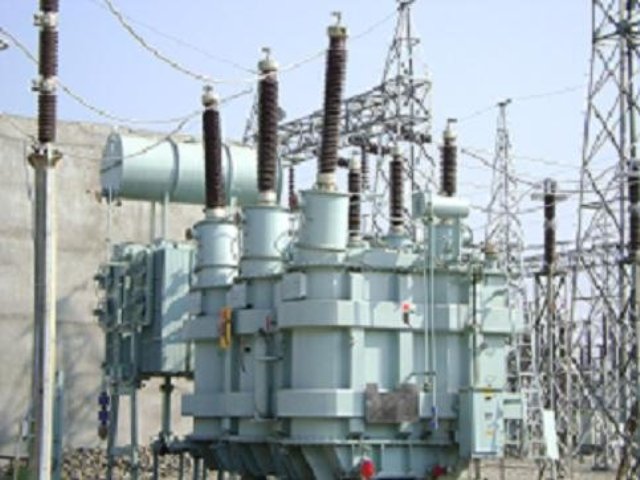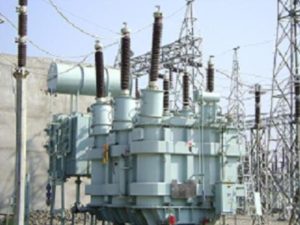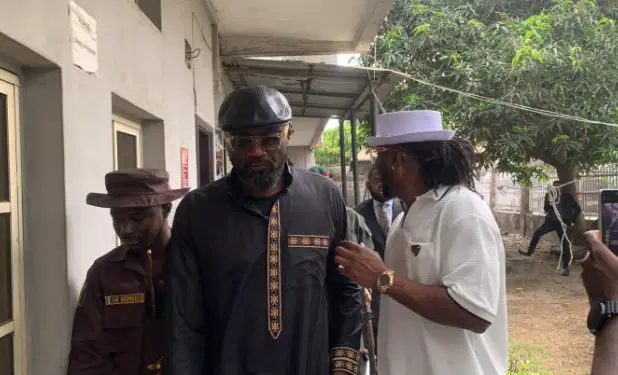The Transmission Company of Nigeria (TCN), has said that power generating profile in the last two months showed that 14 gas stations were either not generating at all or had limited generation at various times within the period.
Spokesperson for TCN, Ndidi Mba, said the development further depleted the quantum of power generation available for transmission into the grid on daily basis.
This is coming at a time consumers are expected to pay more for electricity under the Service Based Tariff (SBT). The SBT was introduced on the ground that power will improve. Instead, the situation went from bad to worse.
Nigerians, in the past eight years, spent about N5.7 trillion on electricity as supply averages 4,000 megawatts, about the same level it was eight years ago.
Statistics from Nigerian Bulk Electricity Trading (NBET) Plc showed that an average of N720 billion worth of electricity bill is processed yearly in the country, bringing the cost to about N5.7 trillion in the last eight years. Electricity users in Nigeria settle these bills with measurable subsidy from the Federal Government.
“Currently, the cumulative generation nationwide is low and generation companies have attributed this to several factors including poor gas supply, faults in generating units, scheduled and unscheduled maintenance, all of which have caused most power companies to limit their generation, or sometimes not generate at all.
“A summary of the power generating profiles in the last two months, for instance, clearly shows that 14 gas-powered stations were either not generating at all or had limited generation at various times within the period, further depleting the quantum of power generation available for transmission into the grid on a daily basis.”
Power generating stations in this category include: Omotosho units five and six; Olorunsogo units three, four and six; Omoku units three and six; Omotosho NIPP units three and four; Delta units 15, 17, and 18; Afam VI units 11 and 12; Olorunsogo NIPP unit three; Ihovbor NIPP unit two; Sapele Steam unit three; Sapele NIPP unit three; Odukpani NIPP units one and three, and Okpai units 11, 12 and 18.”
She noted that Jebba Hydro and Shiroro Power Generating Stations were either out or had limited generation, causing additional loss of 232MW from the grid, while other power generating plants such as Omotosho units three and four; Olorunsogo units one; Delta units 10 & 20; Afam VI unit 13; Ihovbor NIPP units 4; Geregu NIPP units 22 and 23 and Odukpani NIPP units 2, 4 and 5, have also been out, either on fault or for scheduled maintenance, causing a further loss of about 3,180MW from the grid.
Mba said a combination of the above scenarios have persisted and the total effect on the grid remained persistent low generation, which TCN operators have had to strive to dispatch in a way that will not jeopardise the stability of the grid.
He noted: “More recently, from March 1 to 4, 2022, there was generation shortfall due to water management in Shiroro and Jebba hydro with the loss of 307MW and 125MW respectively from both stations. Within the same period, there were faults and technical problems in Egbin, causing 514MW shortfall and in Geregu, causing 230MW shortfall, while reported fault at Alaoji NIPP reduced generation from the substation by 263MW.
“Gas constraint alone in Olorunsogo gas generating plant reduced generation at the station by 104MW. In the same vein, Omotosho gas lost 102MW and Sapele NIPP lost 263MW. In Omotosho NIPP, there was generation shortfall of 233MW and in Omoku a shortfall of 112MW. Two units in Okpai have limited generation due to technical problems causing a 204MW drop in generation and in Afam VI 511MW drop in generation.
“Gas constraint and fault in Olorunsogo NIPP reduced generation by 240MW, Geregu NIPP by 435MW, and Ihovbor by 142MW. Also, due to gas pipeline pigging, Odukpani NIPP was shut down, which caused reduction of generation by 575MW.






